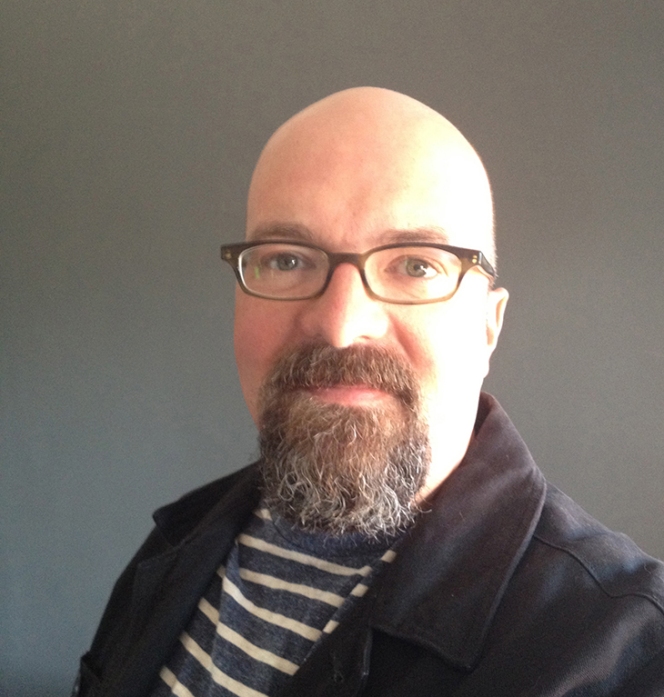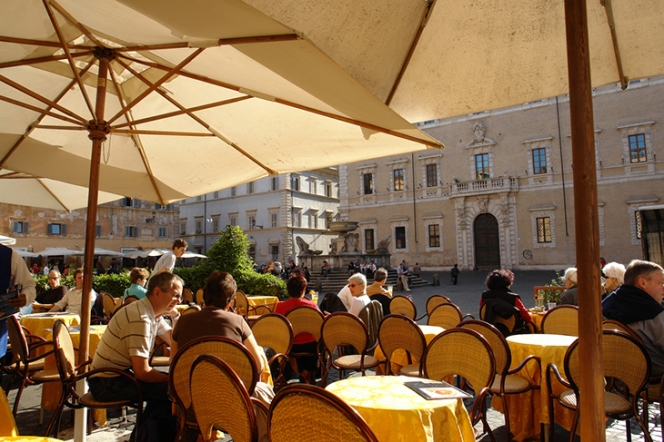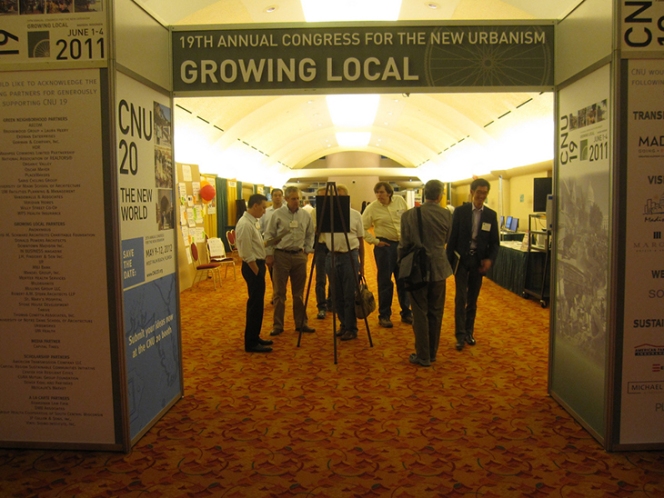Your Cart is Empty
Recent Articles
- Efficiency Meets Innovation: SketchUp 2024 Unveiled
- Maxon One Spring 2024 Release Packs Particle Power, Toon Shading, and More
- TurboCAD 2024 Unveiled by IMSI Design: Discover the New Features and Enhancements
- Exploring the Latest InfraWorks 2025 Updates
- Introducing the Latest Innovations in Autodesk's ReCap Pro 2025
- Discover the Latest Enhancements in Civil 3D 2025
- Exploring the Newest Features and Enhancements in Revit 2025
- Explore the Latest Features in Vantage 2.3 Update
- Explore the Latest AutoCAD 2025 Enhancements: Activity Insight, Smart Blocks, and Apple Silicon Support
- Unveiling Enscape 4.0: Revolutionizing Design with Unified Experience for macOS and Windows Users
The Edge: Tim Halbur and the Congress for the New Urbanism
November 22, 2013 4 min read

Novedge: Tell us a bit about who you are and what you do.
Tim Halbur: I'm the Communications Director for the Congress for the New Urbanism, a non-profit that started over 20 years ago to propose an alternative to suburban sprawl and promote walkable, mixed-use development.
Novedge: How did you become interested in architecture and the public space?
Tim Halbur: About 12 years ago, I read a book called Home from Nowhere by James Howard Kunstler. Kunstler does a great job of explaining what went wrong with the great "suburban experiment" that the United States has been perpetuating for the last 60 years. In a nutshell, urban planners threw out the book on how to build cities and towns when the automobile came along, deciding that the new mobility the car afforded us meant designing in a new, unproven way. And that experiment has led to greater obesity, a lack of social connection, environmental degradation, and a massive waste of tax dollars on infrastructure that we can't afford.

photo by Graeme Churchard
At the same time, I became particularly interested in public space and "third places". I had been to Rome when I was in my twenties, and I was fascinated by how much the public spaces were used as places to connect, be seen and hang out. A recent study showed that people think more effectively in public spaces like cafes than in total quiet. I believe that – the hum of humanity is something I think we all crave, and the way we've built our neighborhoods has led to a tragic lack of exposure to that hum.
Novedge: What is the "New Urbanism"?
Tim Halbur: At its most basic, New Urbanism is about restoring the social and economic fabric of our public spaces and streets. It's about building environments that are human-scaled, places that have a mix of uses so people can live, work and play in their own neighborhood. It is also a culture of really smart people who use urban design, public engagement and coding to make that happen.
And somewhat inadvertently, it also happens to be the solution to many of our current environmental and health problems. The average resident of New York uses 1/3-1/4 the amount of energy that a resident of Dallas does, because they don't drive everywhere. There's also less obesity in New York, because residents get exercise in their normal everyday activities just getting around. So New Urbanism, I feel, is one of the few "isms" that really has a solution to what ails us, and is enjoyable in the process.

photo by Matthew Berggren
Novedge: What are some recent initiatives that CNU worked on?
Tim Halbur: One of our most active initiatives is focused on replacing the urban segments of highways with at-grade solutions. During the great highway boom across the country, transportation planners cut through dense neighborhoods right into the heart of cities with the intention of speeding up traffic into the urban core. We've learned that all that accomplishes is destroying the fabric of neighborhoods, and there are solutions like boulevards that can keep traffic flowing but also serve other users like pedestrians, bicyclists and street life. Wired Magazine did a nice piece on our efforts:
We've also been working to change federal policies that create roadblocks to mixed-use development. That just means buildings that include office/retail space along with apartments above, like Main Street America had been building for ages before planners decided it was better to segregate where people live from where they work and buy things. Surveys show that more and more people want to live in areas with a mix of uses that they can walk to rather than having to drive everywhere.
We also have a sprawl retrofit initiative, which proposes a number of specific strategies for turning suburbs into those kinds of places where people want to live by rehabbing big box stores, transforming parking lots and putting in sidewalks. The Ted Talk below is of our Board Chair Ellen Dunham-Jones, who with her co-author June Williamson, published an amazing book called Retrofitting Suburbia that illustrates these ideas.
Novedge: How can architects and other design professionals get involved?
Tim Halbur: Anyone who wants to be involved in our work can become a member at www.cnu.org. Also, I always recommend people get to know their local nonprofit advocating for good planning policy. Most communities have one, like SPUR and TransForm in the San Francisco Bay Area and the Metropolitan Planning Council in Chicago. Land use is a local decision, so understanding how to influence policy at the local level is essential.
Novedge: What do you hope to achieve over the next 20-30 years?
Tim Halbur: I hope to continue to find ways to get people engaged and excited about changing their built environment for the better. People fear change, which leads to a lack of imagination about how things can be different. People assume that because things are the way they are, they can't change. But the way our cities, towns and roads were built was not inevitable: it was the result of thousands decisions made over time. We can influence those decisions for the better.
Learn more and get involved with CNU here and follow Tim Halbur and the Congress for the New Urbanism on Twitter.
Thoughts on this issue? Leave a comment below.
Also in NOVEDGE Blog

Maxon One Spring 2024 Release Packs Particle Power, Toon Shading, and More
April 10, 2024 4 min read
Read More
TurboCAD 2024 Unveiled by IMSI Design: Discover the New Features and Enhancements
April 10, 2024 2 min read
Read MoreSubscribe
Sign up to get the latest on sales, new releases and more …



